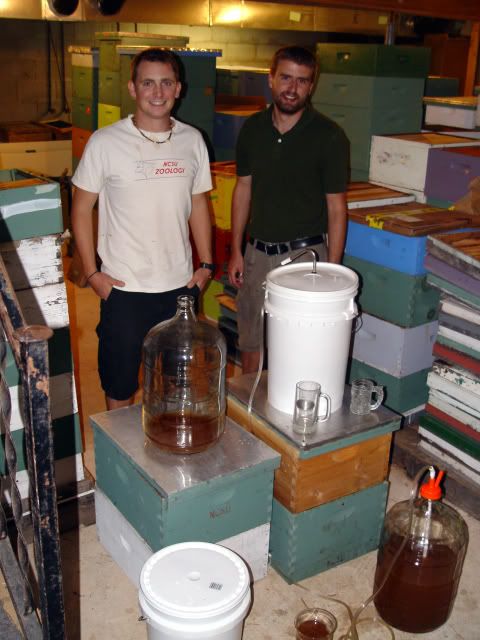I managed to concoct an evil home brew in my university days, but that was so far back I barely remember anything but the headaches it induced.
So today I started afresh and in a little over two weeks time should have something approximating bitter. I've used a kit and have it all in a 5 gallon fermenting bucket.
But, there is a small hole in the lid of the bucket ( which I presume is there to syphon off for bottling) and I'm not sure if I am meant to put a stopper in there or just leave it. Surely it should be airtight for the fermentation stage, or should it?
Some of you knowledgable types must have brewed a few of your own.
So today I started afresh and in a little over two weeks time should have something approximating bitter. I've used a kit and have it all in a 5 gallon fermenting bucket.
But, there is a small hole in the lid of the bucket ( which I presume is there to syphon off for bottling) and I'm not sure if I am meant to put a stopper in there or just leave it. Surely it should be airtight for the fermentation stage, or should it?
Some of you knowledgable types must have brewed a few of your own.



